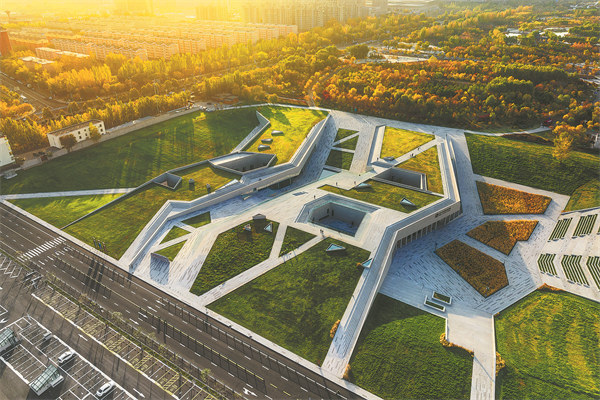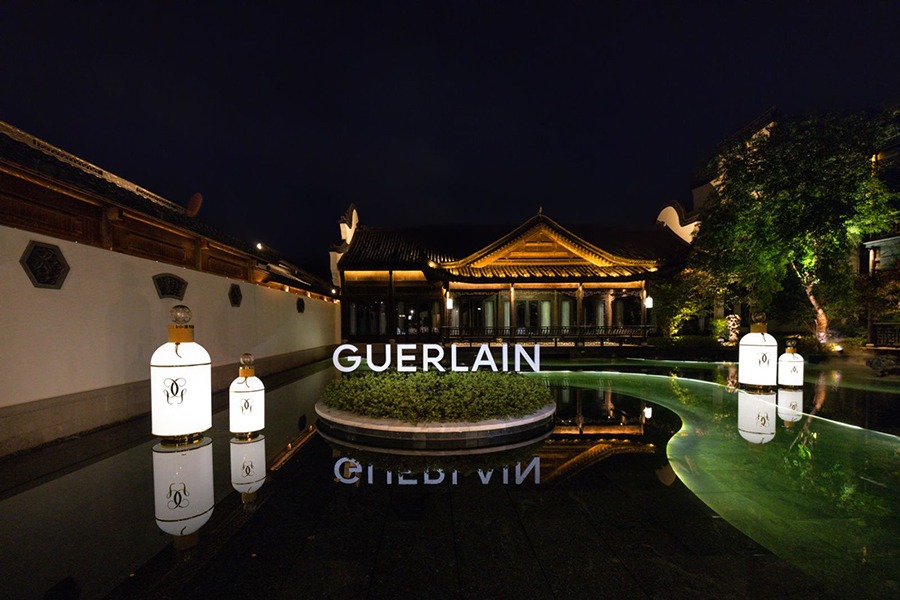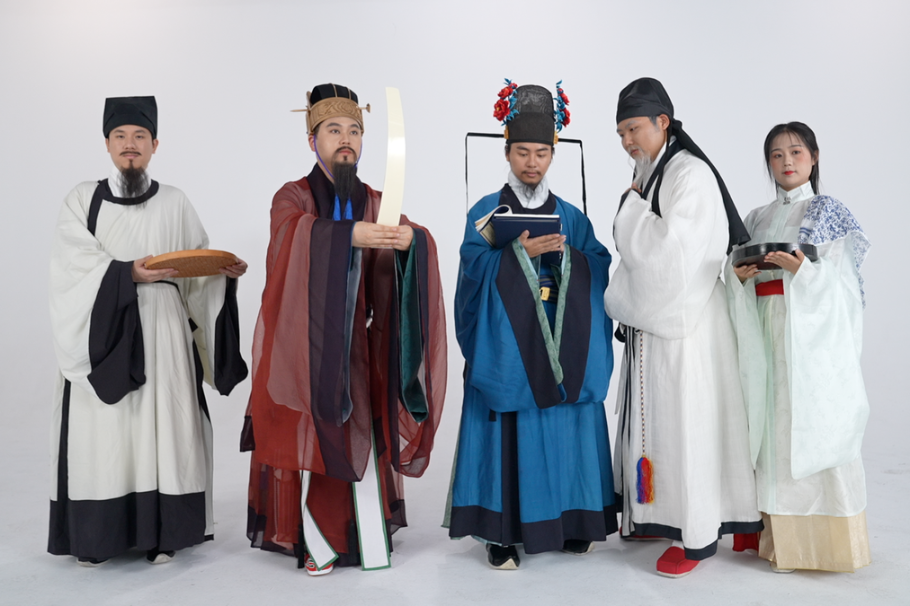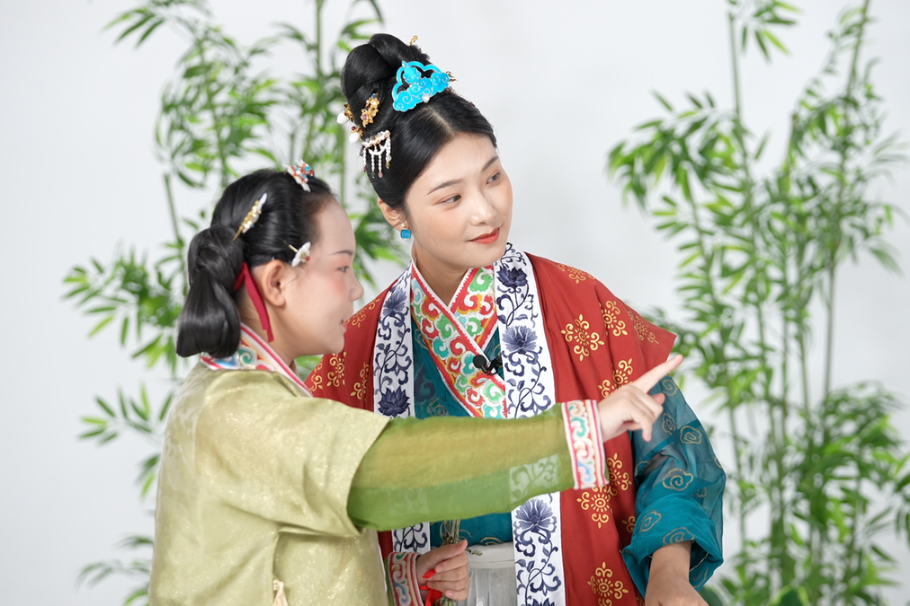Designing a better village community


The rooftop, a feature Zhang designed as an elevated plaza, has become a favorite meeting point.
He vividly remembers the first time he saw it filled with villagers and visitors, side by side, looking out at the mountains.
"It felt like the building was breathing with life," he says.
The project has also spurred economic renewal, with new homestays, cafes, and shops. The local government now appreciates the value of endogenous development and how it empowers communities from within.
Having been rooted in Inner Mongolia for the past four decades while focusing on the study of vernacular architecture, Zhang has established a theoretical framework for steppe habitation.
He has completed 200 demonstration projects across Inner Mongolia, and his work has earned more than 90 awards for architectural excellence in China and internationally.
In addition to the Xiwusutu project, Zhang designed distinctive homestays tailored to the herders' needs in Ulaanqab's grasslands in 2020, which raised a profound and transformative wave in tourism.
For instance, he preserved the grasslands' authentic character while improving hospitality infrastructure. By mixing local clay and gravel in scientifically determined ratios and enhancing them with environmentally friendly cementitious materials, it created rammed-earth walls that offer excellent thermal insulation, earthquake resistance, and protection against strong winds.
Liu Jin, a local herder, has seen his Zhang-designed homestay pack in visitors.
He raked in 200,000 yuan ($28,090) in the two and a half months after opening the homestay, setting a benchmark for tourism ventures in the area.
"The buildings he designs are not only beautiful but incredibly livable," Liu says.
Through years of research and practical exploration, Zhang came to realize that establishing Inner Mongolia's own model for constructing human settlements in grassland environments is of far-reaching significance.
The Aga Khan Award is not an endpoint for him.
"It won't change my direction," he says.
Zhang is quick to point out that Xiwusutu is not a universal model.
"Rural vitalization must be area-specific. Not every village should be a tourist destination. The key is to identify real local resources, people's needs, and cultural continuity," he notes.



































